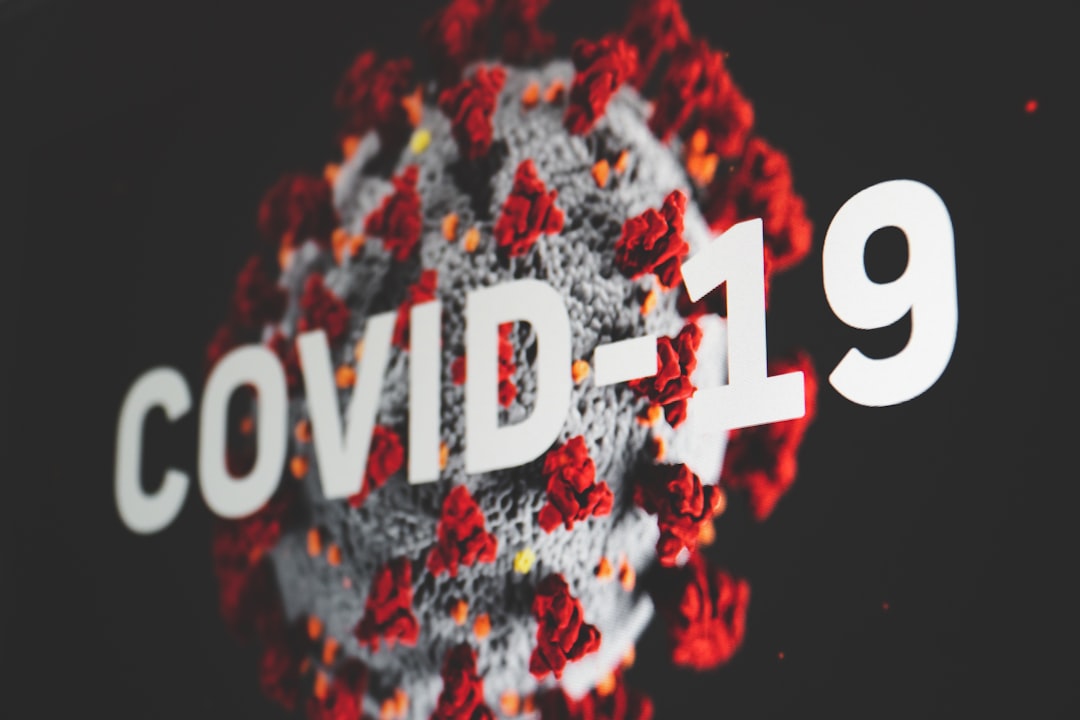What is it about?
Joints are essential for everyday movements. When articular cartilage and the underlying bone are damaged, osteochondral defects (affecting cartilage and bone) occur. Such defects do not spontaneously heal, and tend to evolve towards osteoarthritis. To try to regenerate cartilage and the underlying bone, research has turned towards tissue engineering, which aims to restore tissues and organs by associating biomaterials, cells and bioactive molecules. This review presents a complete overview of what has been done in this field since 2015, to try to identify new paths to successfully repair of osteochondral defects.
Featured Image

Photo by CDC on Unsplash
Why is it important?
Osteochondral defects are associated with pain and disability and when not treated predispose to osteoarthritis and ultimately to joint replacement with prostheses. It is thus required to find treatments for these defects.Our work reveals that there is a great disparity in the assessment methods used for osteochondral repair, calling for a consensus on the matter. This review also highlights promising strategies to design next-generation osteochondral implants. These new approaches often combine innovative biomaterials and advanced processing technologies to produce implants that best mimic native tissues in terms of composition and architecture, paving the way for therapeutic success.
Read the Original
This page is a summary of: Material‐Assisted Strategies for Osteochondral Defect Repair, Advanced Science, March 2022, Wiley,
DOI: 10.1002/advs.202200050.
You can read the full text:
Contributors
The following have contributed to this page










